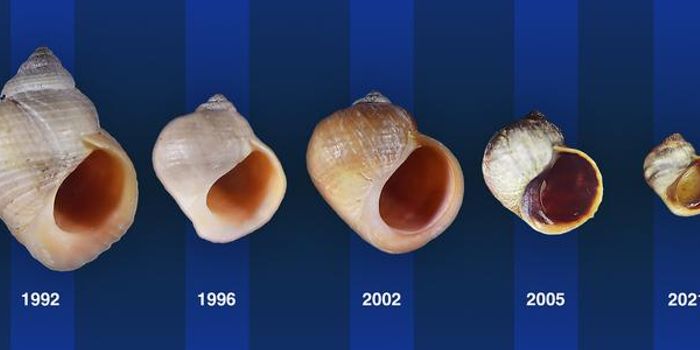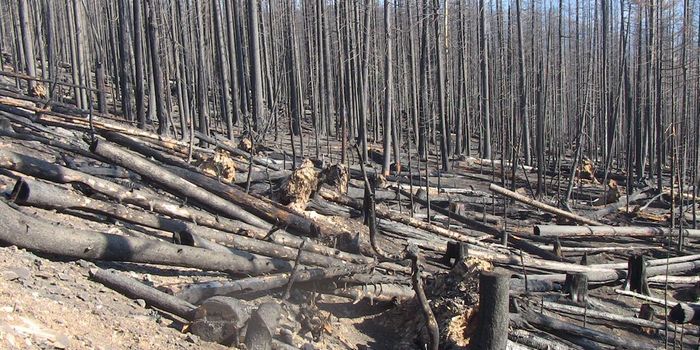Rare Tropical Storm Hits Southern California Along with an Earthquake
Update: a magnitude 5.1 earthquake struck near Ojai, California while the storm was hitting the area. Palm Springs, California is "cut off" according to the mayor, who said in an interview that there is no way in or out of the city because of flooding in the majoroty of Coachella Valley.
Hurricane Hilary, which is now Tropical Storm Hilary, is the first tropical storm to affect Southern California in more than 80 years. The first Tropical Storm Warning for coastal areas from San Diego to Los Angeles has been issued since this system was created in the mid-20th century. Heavy rain from Hurricane Hilary had already started in the Southwest United States on August 19, 2023 and can be seen on radar affecting Baja California in advance of an anticipated landfall in Mexico on August 20. Because landfall is expected south of Tijuana, it will probably not be the first tropical cyclone to make landfall in Southern California since 1939.
Over the past few days, the storm rapidly intensified to a category 4 hurricane, then recently weakened to a tropical storm with maximum sustained winds of 70 mph (112 kmph). The movement of the storm itself has increased as it approaches land; as of 8:00 AM PDT on August 20, it's moving north-northwest at 25 mph (40 kmph) with a pressure of 984mb.
The National Hurricane Center has warned of "catastrophic and life-threatening flooding" that will likely impact Baja California and parts of the Southwestern United States through Monday. One person has already died in Baja California when their vehicle was swept away by raging water near the city of Santa Rosalía.
Forecasters are anticipating a deluge; there are places in California, Nevada and Arizona that might get a typical year's worth of rain falling within a few days. According to Yale Climate Connections, the major storm impacts will be related to flooding and mudslides. The primary urban areas that are threatened by the storm are the Inland Empire, a region east of Los Angeles that includes Riverside and San Bernardino, and is home to about 4.6 million people, as well as Las Vegas, where at least 2.2 million people live. Parts of the desert in Southern California are forecast to receive three to six inches (15 cm) of rain, and in some isolated, mountainous areas, as much as ten inches (25 cm) could fall. Some rainfall totals could be record-breaking, and some roads like Route 50 in Nevada may be cut off.
Folks have also been warned to avoid Death Valley in particular, where flooding from 1.5 inches (3.8 cm) of rain last year created a major hazard and serious flooding that trapped a number of vehicles. Climatologist Brian Brettschneider has noted that some models are predicting 3.79 inches (9.6 cm) of rain for Death Valley over three days, and in more than a century of records, no climate station in Death Valley National Park has even recorded half of that total.
Sustained high winds are not expected to be especially serious for the storm, but downed trees and power lines are still a potential threat. There is also the possibility of a "Santa Ana" effect that could create high wind gusts.
Sources: Yale Climate Connections, National Hurricane Center









